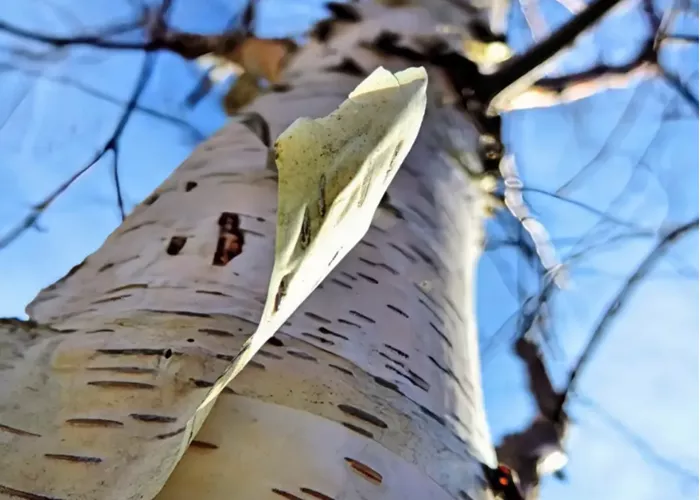Climate change is a growing threat to plant life worldwide, disrupting plant growth by altering environmental conditions. As temperatures rise and atmospheric carbon dioxide increases, scientists are racing to understand how plants will cope with these changes.
A team from the Walker lab at Michigan State University’s U.S. Department of Energy Plant Research Laboratory (PRL) is focusing on how paper birch trees adapt to shifting environments, with a particular focus on photorespiration, a key plant process.
Photorespiration: A Critical Plant Pathway
“If plant metabolism was a freeway system, photorespiration would be the second-busiest road,” said Berkley Walker, associate professor in the Department of Plant Biology at PRL. The big question is whether photorespiration can handle increased traffic under current and predicted climate conditions.
Understanding Plant Acclimation
Acclimation is the process by which organisms adjust to changes in their environment. Humans acclimate to cold weather or new job routines, while plants must also adapt to changing conditions. This is complicated by the fact that rising CO2 levels and global warming have opposite effects on photosynthesis and photorespiration.
Warmer temperatures increase photorespiration, while higher CO2 levels reduce it. Understanding how these factors interact is essential to predicting how plants will respond to climate change.
Study on Paper Birch Response to Climate Change
In a study published in Scientific Reports, the research team investigated how paper birch trees respond to changes in photorespiratory enzymes under varying environmental conditions. Paper birch trees were chosen for the study because they thrive in the boreal forests of the northern hemisphere, areas that are expected to be heavily impacted by climate change.
The study simulated current, moderate, and extreme climate scenarios for these regions, based on projections from the Intergovernmental Panel on Climate Change. Researchers adjusted CO2 levels and air temperatures to reflect these conditions.
Findings: Trees Show Resilience
Surprisingly, the trees did not increase their enzyme capacity based on the climate they were grown in. Instead, they maintained similar enzyme levels across all six future climate scenarios. The enzyme capacity was sufficient for the photorespiratory pathway, indicating that the trees could thrive under changing conditions.
Luke Gregory, former graduate student in the Walker lab and the study’s lead author, explained that the trees appeared to have a “buffer” capacity, allowing them to cope with unpredictable environmental changes.
Implications for Plant Resilience
This finding suggests that plants may have built-in mechanisms to withstand the effects of climate change, at least when it comes to photorespiration. While the study only provides a partial picture of plant resilience, it offers hope that some plants may be able to adjust to shifting conditions.
“It’s important to understand how plants are responding to current and future conditions because we need them for oxygen, food, and energy,” said Gregory.
This research adds to our understanding of how plants might survive climate change and highlights their potential resilience in the face of environmental challenges.
Related topics:
- Cold-Hardy Plants Ready to Flourish, Says Landscaper
- North Carolina Woman’s Okra Plant May Break World Record
- Chile’s ‘Seed Guardians’ Revive and Protect Forgotten Plant Varieties


